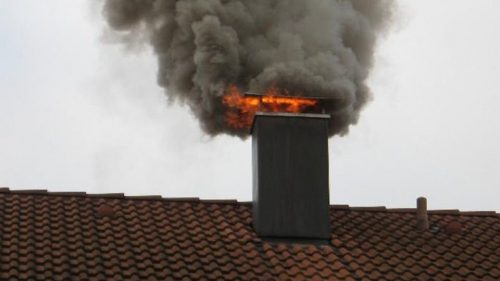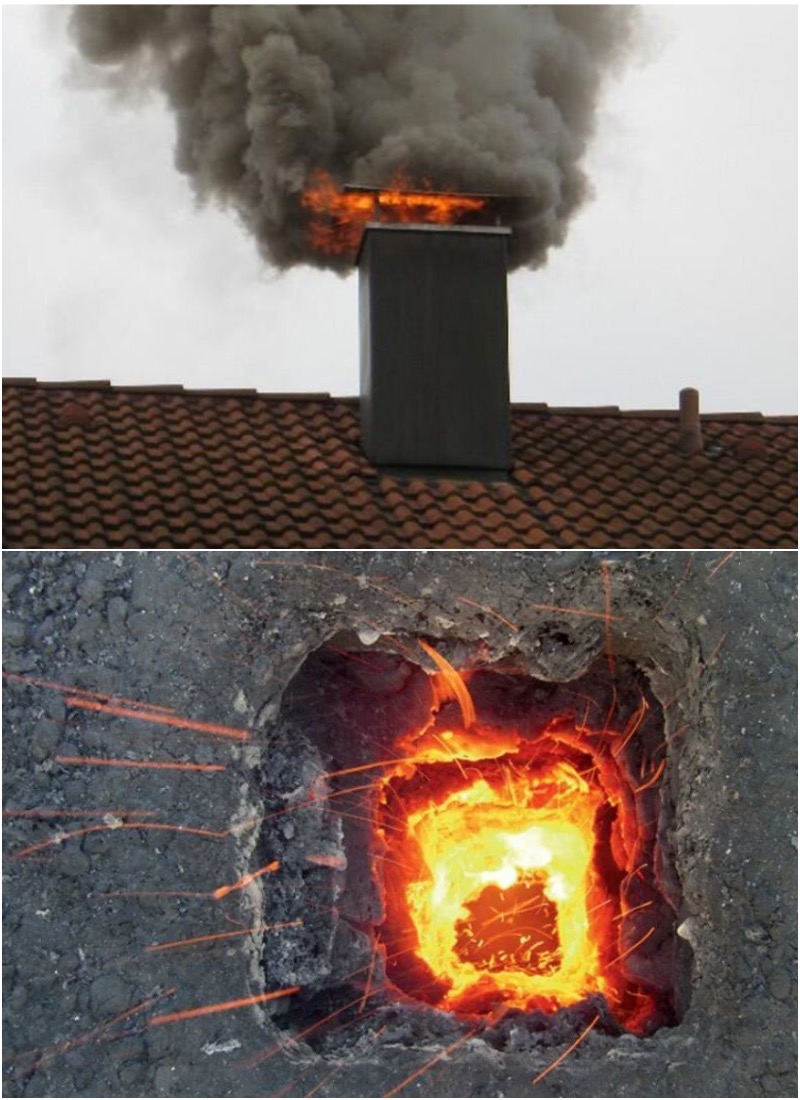Can you imagine that a normal accumulation of soot in a chimney could cause a fire? It turns out that this is a completely common occurrence. After all, soot, which is 98% carbon, is almost no different from coal. Let’s figure out how all this happens.
Let’s imagine a situation: you haven’t cleaned the chimney of your stove or boiler for a long time, and you notice that the draft has become weaker. This is the first sign that carbon deposits have narrowed the space for smoke. To increase the draft, you open the blower and the damper, and this is where the problem begins. As oxygen in the pipe increases, the temperature rises sharply, and particles of coal, picked up by the increased draft, cause soot to ignite, which may go unnoticed. Often the first signs of impending trouble are a roar in the chimney and sparks flying from the chimney.

Speaking about the physics of the process, it is worth noting that the combustion temperature of soot reaches +1200°C, which leads to the destruction of the chimney channel and possible ignition of surrounding materials. Thus, in one of the cases described on social networks, soot in an asbestos-cement pipe caught fire while the owner was away, and an explosion occurred that destroyed the pipe.

